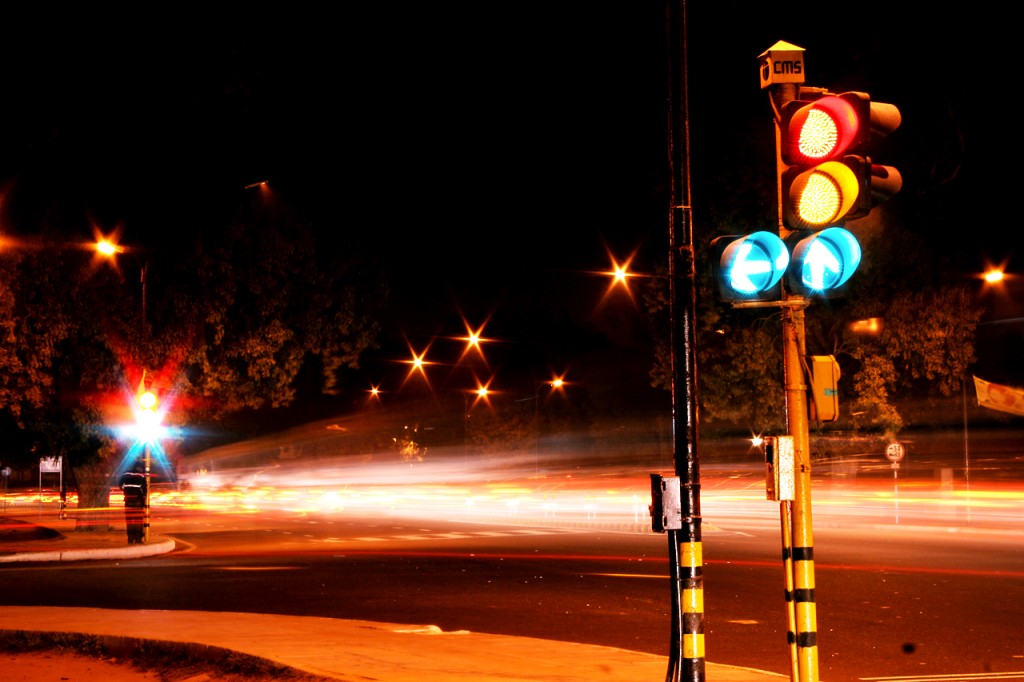Free shipping on orders over £50
TradeHURRY! SPRING SALE Now On! Get 10% Off Using Code KEEP10! Plus FREE SHIPPING On All Orders Over £50!
LED Traffic Signals Get The Green Light Countrywide
 Our antiquated traffic lights are soon to receive a green makeover, thanks to incredible, energy-saving LED lights.
Our antiquated traffic lights are soon to receive a green makeover, thanks to incredible, energy-saving LED lights.
There are approximately 420,000 traffic and pedestrian light signals in the UK, most of which are still using 100 to 150 watt incandescent bulbs.
Super Energy-Efficiency
The power required for this many lights has been calculated at over 100 million kW/h (Kilowatts per hour) of electricity per year, and accounts for 57,000 tonnes of CO₂ (Carbon Dioxide) emissions. At a mere 10 watts each, LEDs have the potential to cut energy consumption and pollution by around 90 per cent.
To illustrate this in real terms, replacing just one incandescent red traffic light bulb with an energy-efficient LED, assuming an electricity cost of 13.75 pence per kW/h and running 24 hours a day for 365 days, the savings will be as follows:
- Red Incandescent traffic light bulb – uses 876.00 kW/h, costs £120.00;
- Red LED traffic light – uses 87.60 kW/h, costs £12.04.
So, by replacing one single traffic light bulb, an annual saving of £107.96 can be achieved.
One of the reasons for this stunning energy-efficiency is that LEDs produce light only in the desired colours, such as red, yellow or green. This makes them ideal to use as traffic signals because there’s no need to filter the light through a lens. As a result, true colours are produced more efficiently, with minimal wastage of heat energy.
LED lights also look brighter, since their light is distributed evenly across the entire surface, which is a distinct advantage in poor weather conditions.
But the benefits don't stop there. LEDs are also last longer and are less prone to failure than the incandescent bulbs they’re set to replace.
Longer Life-Expectancy
With an average life-expectancy of some 50,000 hours, LEDs will not only last for around 17 years before they need to be replaced, the way they’re manufactured means they’re infinitely less prone to "blow-outs."
An incandescent bulb has a single point of failure: its filament. Once this burns out, the bulb needs to be replaced. LED arrays are made up of hundreds of individual LEDs, so even if several fail, the rest will continue to work perfectly, only reducing the light’s efficacy by a tiny amount.
Because they require very little power, LEDs could also make solar powered traffic lights feasible. Now that's really eco-friendly!
Innovations Galore!
LEDs could also help colour-blind drivers. A Japanese scientist, Professor Taro Ochiai, working with lighting manufacturer Koito Electric Industries Ltd, has incorporated blue LEDs with four times the brightness of the other diodes in the shape of a cross through the red traffic light.
Drivers with perfect vision will hardly notice the pink X that’s set within the red signal, particularly from a distance, but red-green colour-blind divers are able to easily distinguish the contrasting blue X against a background they perceive as yellow. Research shows that the mark is clear even from a distance.
The Professor’s amazing new traffic light won the 2011 Good Design Award for public facilities and equipment. Local authorities and the police are closely monitoring the tests and, as the manufacturing process is very close to how conventional traffic lights are made, it’s thought that the improved versions could begin to be installed in the not-too-distant future.
A little closer to home, back in 2009, Transport for London (TfL) began work on replacing 3,500 traffic signals within the capital, with projected savings of £200,000 a year. By replacing all of its traffic lights, London could eliminate 12,000 tonnes of CO₂ emissions.
Brazil completed its own award-winning traffic light scheme in 2008. By using LEDs, the city of Guarulhos has cut its yearly energy bill by £150,000 and saves enough electricity for 558 homes.
So, the next time you’re waiting at a junction, it may very well be LEDs providing the familiar red, amber and green glow that we’re all so fond of.






 Search
Search


